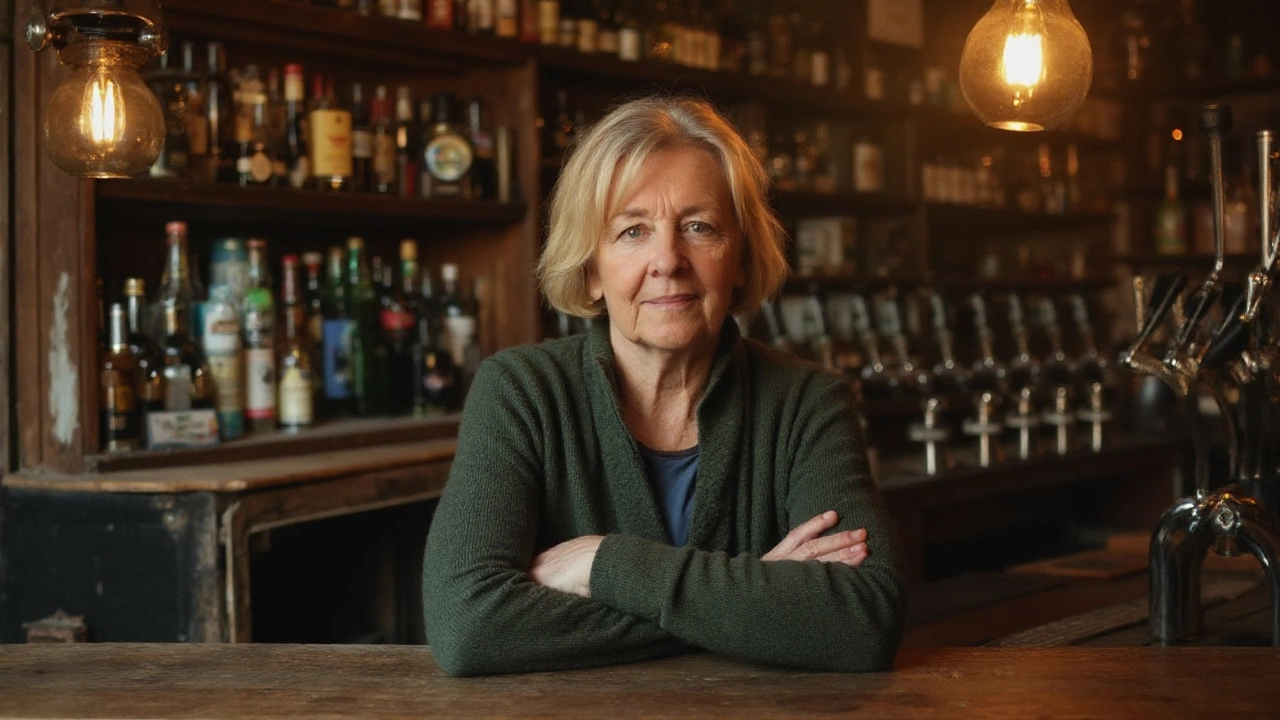Kent landlady – your guide to the motorsport nickname and its legacy
When talking about Kent landlady, the informal title given to the pioneering female team manager from Kent who helped launch several British racing talents. Also known as the Kent matriarch, she played a crucial role in shaping UK motorsport during the 1970s and 80s.
If you’ve ever wondered what the Kent landlady stands for, keep reading.
How the nickname ties into the wider racing world
In the world of British motorsport, the Kent landlady represents a link between grassroots passion and professional ambition. The term also highlights the importance of race team management, a discipline that blends logistics, driver coaching, and sponsor relations. A solid manager must understand the FIA International Competition License requirements, because without the right paperwork a team can’t enter official events. At the same time, the rise of drifting culture in the 1990s introduced a new audience that the Kent landlady’s crews learned to cater to, showing how traditional team leadership adapts to emerging motorsport trends. These connections form clear semantic triples: the Kent landlady encompasses British motorsport heritage; the Kent landlady requires strong race team management skills; British motorsport influences FIA licensing standards; drifting culture intersects with team management tactics.
Knowing these relationships helps you see why a historic nickname still matters when you read about licensing guides, drifting techniques, or team‑building stories on this site. Below you’ll find a hand‑picked collection of posts that dive deeper into each of these angles – from how to earn an FIA license, to why drifting isn’t “stupid”, and even the quirky history behind racing terms. Whether you’re a seasoned fan or just curious about the Kent landlady’s impact, the articles ahead give you practical insight and plenty of anecdotes to keep the engine revving.
- September 10, 2025
- Comments 0
- Local News
